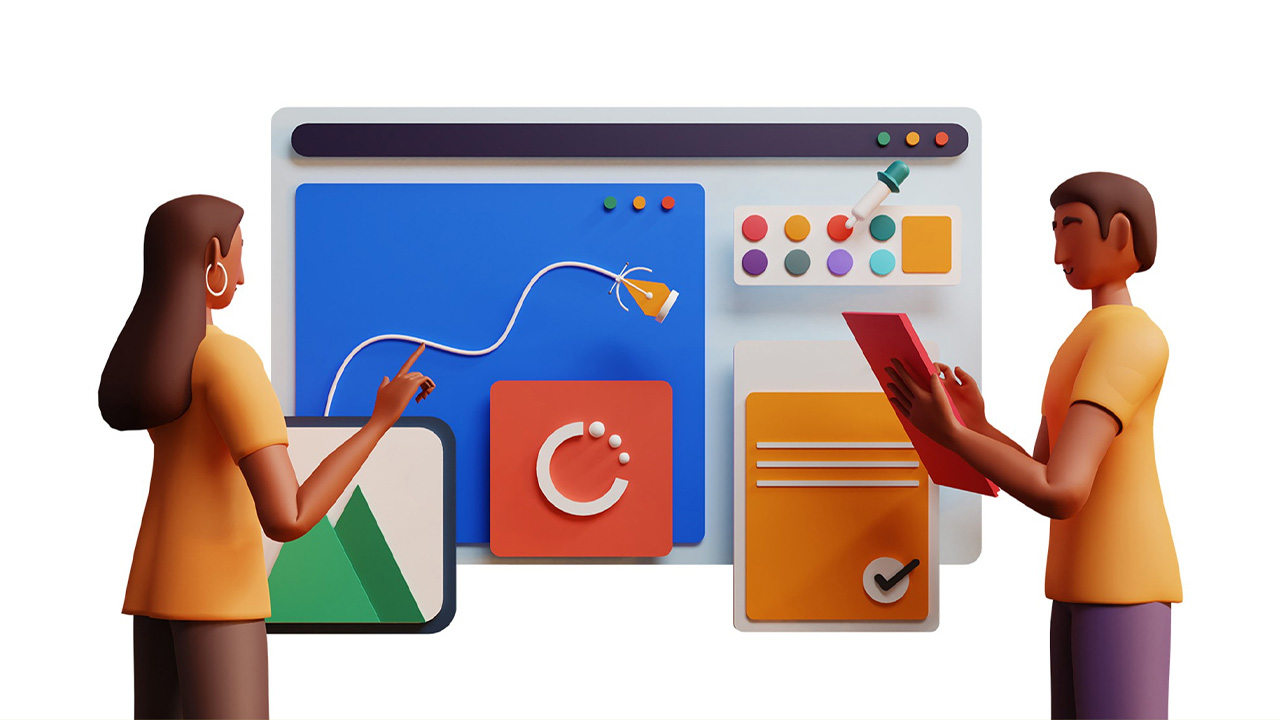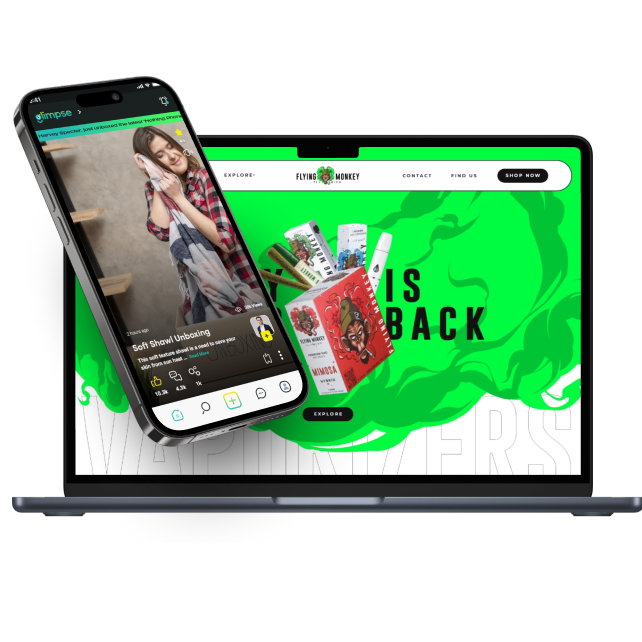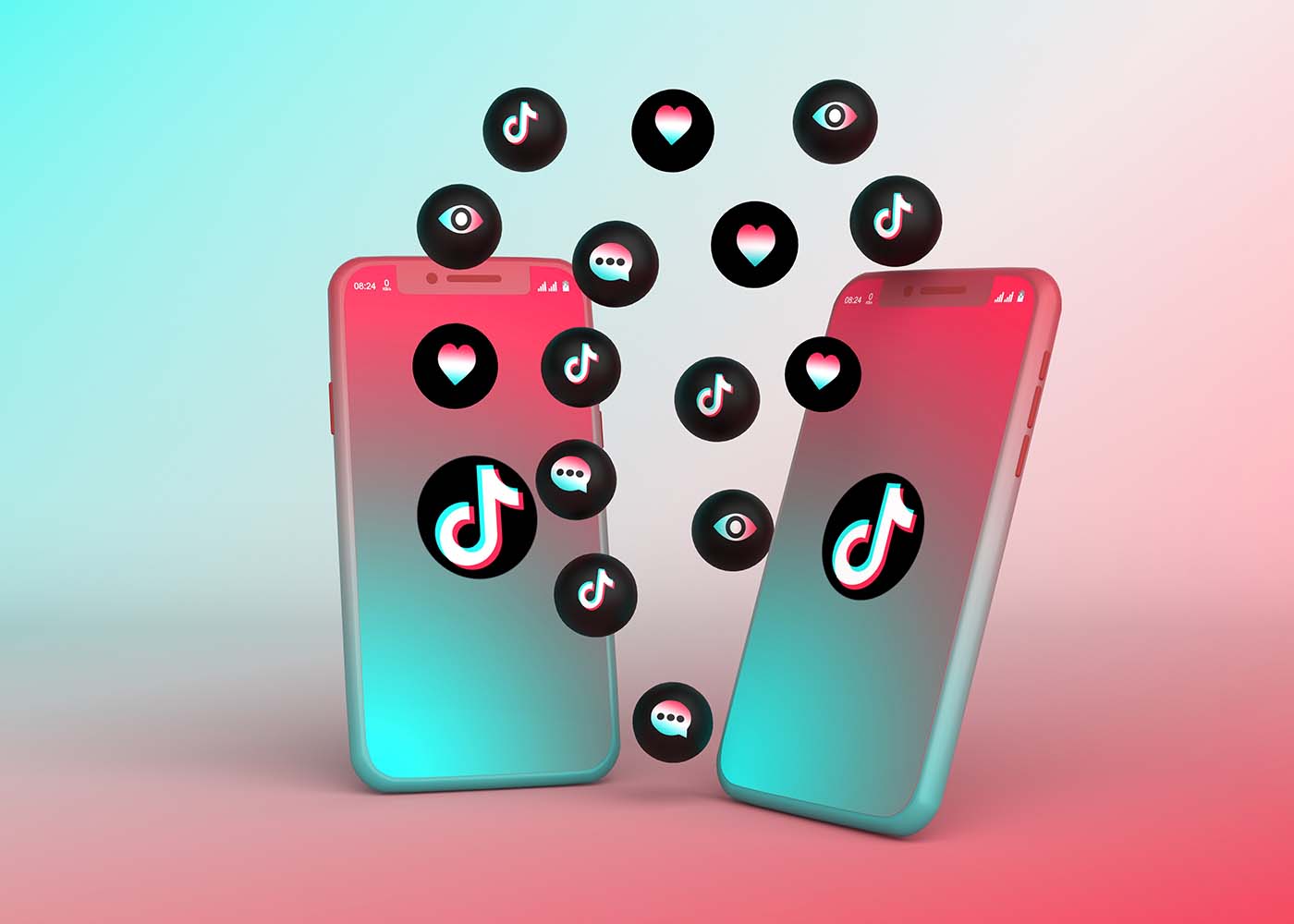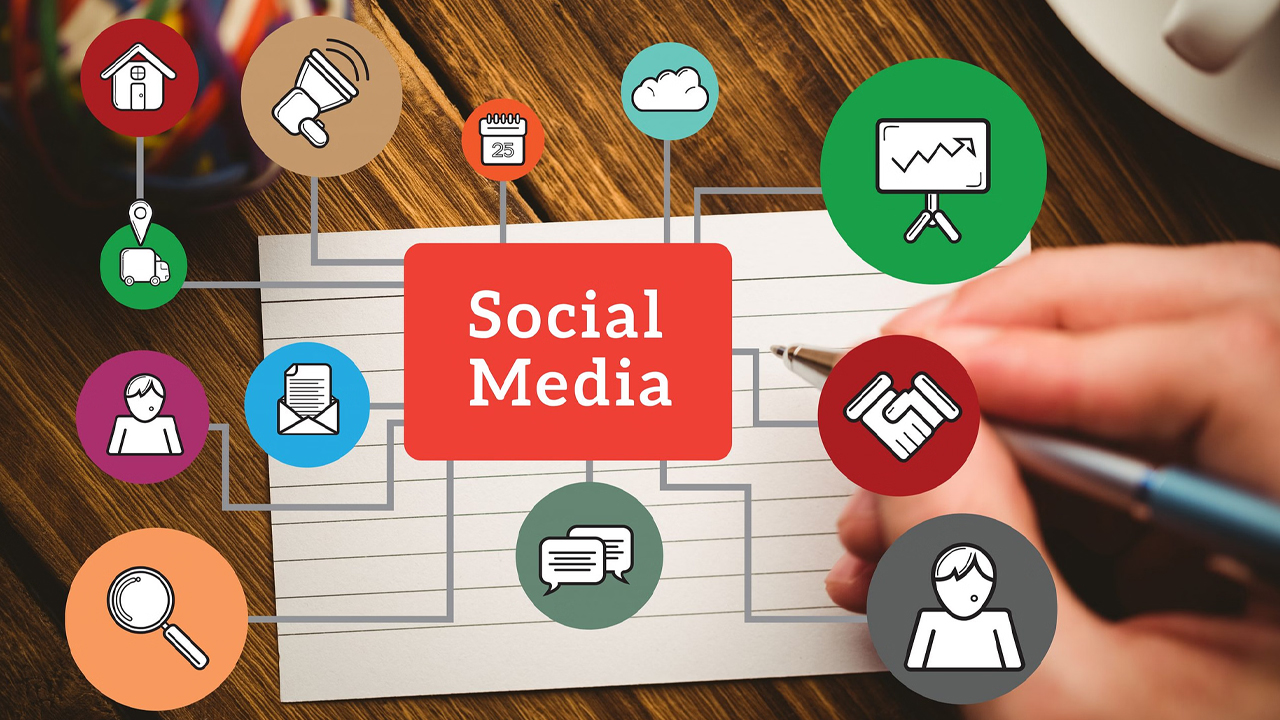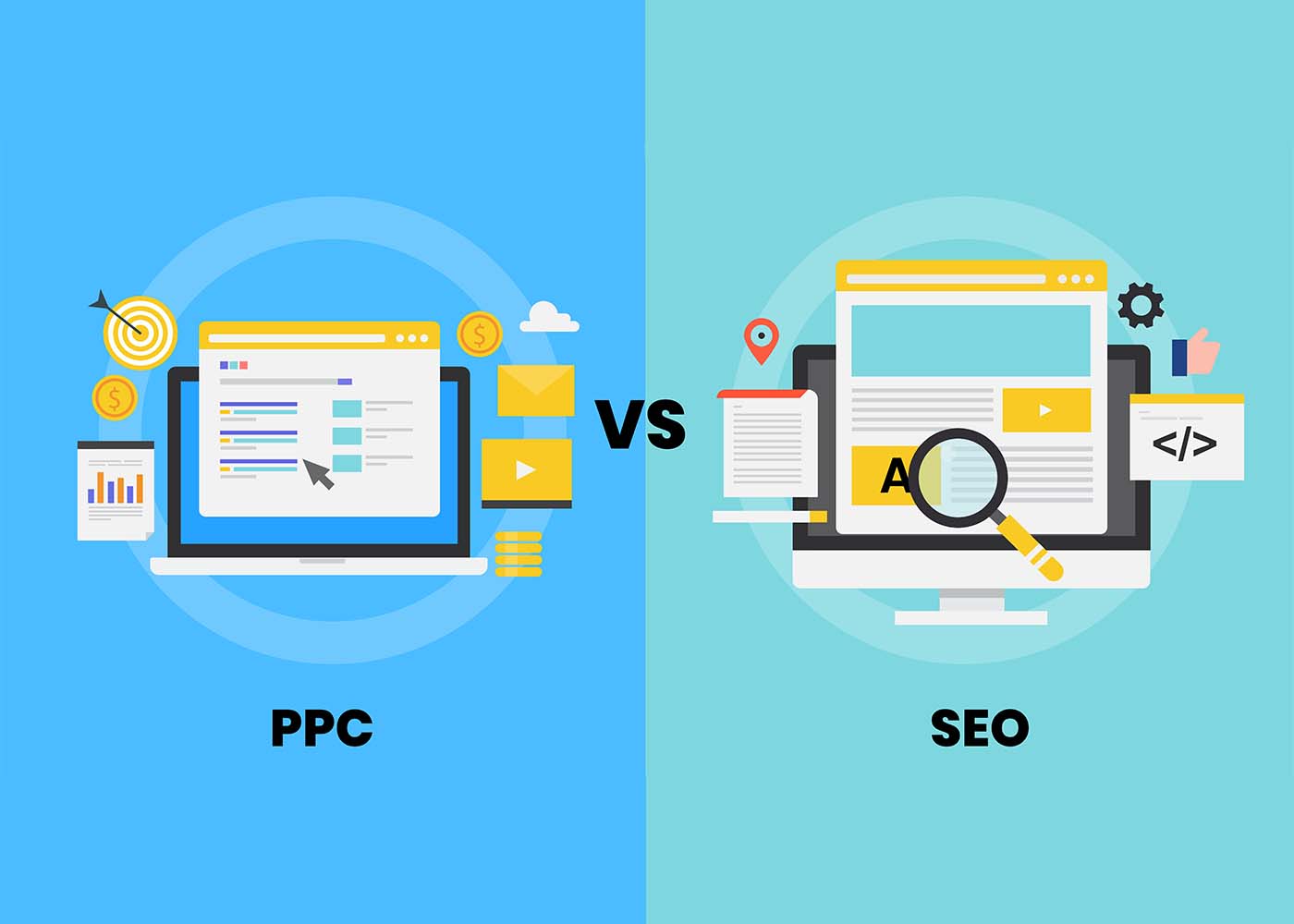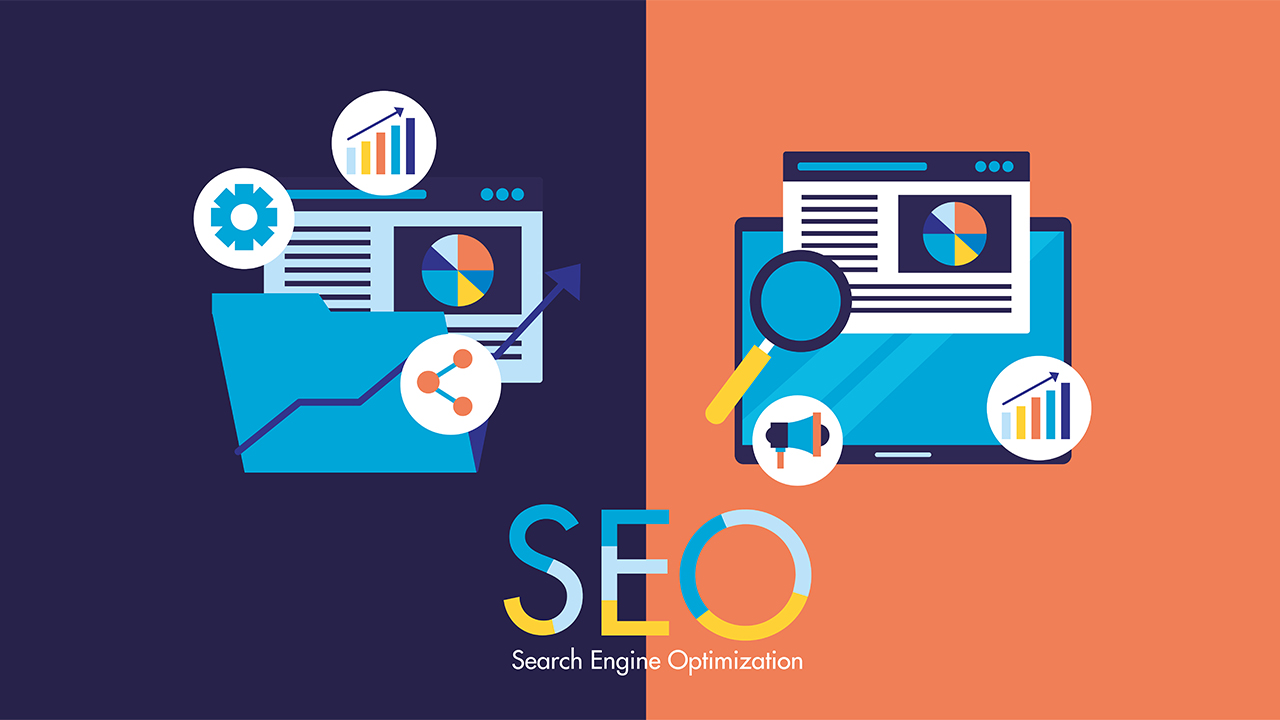The Impact of AI in Revolutionizing Social Media Marketing
The world is in the midst of a digital revolution, and social media has been its driving force. AI allows for faster, more efficient communication with users and a greater ability to personalize content for target audiences. Marketers can now take advantage of enhanced algorithms that suggest optimal content creation strategies and consumer targeting methods, while machine learning capabilities open doors to obtain detailed customer insights and engagement data like never before. Let’s explore how AI is revolutionizing social media marketing campaigns by providing unprecedented levels of automation, scalability, and real-time optimization — all while producing engaging user experiences at an incredibly low cost. We’ll also discuss how AI-driven analytics can be used to measure ROI and improve customer engagement. Finally, we’ll look at some tips on how you can get started with AI-powered social media marketing today. Keep reading to learn more about the wonders done by AI!
Exploring the Future of Social Media Marketing with Artificial Intelligence
Picture a futuristic world where social media platforms can take over the marketing game without human input. Thanks to artificial intelligence, this is no longer a far-off fantasy. AI is changing the game and enhancing the way businesses approach social media marketing. By using AI, companies can personalize content, boost engagement, and optimize ads. For instance, chatbots can now answer customer inquiries and provide product recommendations automatically, making the process smoother and more efficient. AI can also analyze loads of data to create customized campaigns and target specific audiences. As technology advances, we can look forward to seeing more innovative solutions in the future of social media marketing with AI. It’s an exciting time full of possibilities!
Use of AI in Managing Campaigns, Analyzing Data, and Curating Content
The rise of artificial intelligence is completely changing the game when it comes to managing campaigns, scrutinizing data, and customizing content. This smart tech can process heaps of information lightning-fast, allowing us to make wiser decisions about how we market our products and services. AI can dive deep into customer habits, helping us create more effective ad campaigns. Moreover, it can leverage users’ preferences and interests, birthing more specific and tailor-made content. By integrating AI into their strategy, companies can translate data into clever, sharp moves, which can improve their overall outcome. As time ticks on, we can only imagine the newest, revolutionary ways that AI will transform the world of marketing and advertising. But, if you’re looking for services that surpass AI’s capabilities, it’s recommended to hire a professional social media marketing agency.
Comparing Traditional Social Media Marketing Practices to Those Enabled by AI
Traditional social media marketing practices have proven effective in generating engagement and interest among users. However, the rise of AI has opened up new possibilities for businesses. AI-powered analytics can not only track user behavior but also identify patterns to create more personalized content. In addition, chatbots can provide efficient customer support and answer inquiries promptly, saving time and resources. With AI-powered recommendation engines, brands can only serve users content that suits their interests, increasing the likelihood of conversions. Although traditional practices still play a significant role in the strategy, AI-enabled technology presents new ways for businesses to optimize their social media presence and connect with consumers.
Understanding the Impact of AI Automation on Customer Engagement and Lead Generation
Artificial intelligence (AI) automation has brought about significant changes to the business world, including customer engagement and lead generation. With the use of AI technologies, even retail businesses can now process vast amounts of customer data to tailor personalized approaches for customer engagement. From chatbots that can answer customer inquiries round the clock to predictive analytics that help identify potential leads, AI automation has revolutionized how businesses approach customer engagement and lead generation. However, it is important to understand both the potential benefits and drawbacks of AI automation. While it can improve speed and accuracy, it can also lead to a lack of human touch in interactions. Therefore, businesses must carefully consider how they choose to implement AI automation in their customer engagement and lead generation strategies.
Exploring how AI can Improve Targeting, Segmentation, Personalization, and More
Artificial Intelligence has been evolving rapidly and transforming the way businesses operate in today’s digital age. One of the most significant advantages of AI is its ability to improve targeting, segmentation, and personalization to enhance the customer experience. By analyzing vast amounts of data, AI algorithms can provide businesses with valuable insights into customer behavior, preferences, and interests. Consequently, businesses can create more personalized, tailored campaigns that meet customers’ specific needs, offering a personalized experience that differentiates businesses from their competitors. AI-powered platforms can also help businesses optimize communication channels, message timing, and content to increase effectiveness and streamline processes. As technology continues to evolve, AI is poised to play a critical role in transforming the marketing landscape and optimizing customer engagement, support, and experience.
Unveiling the Potential of AI to Help Target Niche Audiences with Relevant Ads and Messages
Artificial Intelligence (AI) has the potential to revolutionize the way we approach advertising. By employing machine learning algorithms, AI can analyze large data sets to identify patterns and draw insights that would be impossible for humans to detect. This means that businesses can use AI to uncover the unique characteristics of their niche audiences, and tailor their ad campaigns and messaging to precisely match their preferences and interests. With the power of AI, companies can engage with customers in a more personalized and effective way than ever before, creating a positive impact on customer experiences and brand reputation. The possibilities of AI are endless, and it is only a matter of time before it becomes a standard tool in the marketer’s kit.
Examining How AI Enhances the Quality of Creative Content
Artificial Intelligence (AI) has come a long way, and its impact on the quality of creative content is undeniable. From developing virtual personal assistants to revolutionizing the way we search for information online, AI has the potential to augment almost every aspect of our digital lives. With the recent advancements in natural language processing (NLP), machine learning, and computer vision technologies, AI is now transforming the way creative content is produced, processed, and analyzed. With AI-driven tools and platforms, content creators can generate appealing text, videos, and images that resonate with their target audience. Similarly, AI can help businesses and marketers optimize their content to improve engagement, conversions, and brand awareness. Without a doubt, AI is ushering in a new era of creative content that is more informative, relevant, and engaging than ever before.
What are some of the top AI tools for content creation?
AI is revolutionizing the way we approach content creation. There are so many AI tools available that can help streamline and improve the content creation process. Some of the top AI tools for content creation include Copy.ai, Wordsmith, and Articoolo. Copy.ai is a popular tool that uses GPT-3 technology to generate high-quality, engaging content in a matter of seconds. Wordsmith is another AI tool that allows users to automatically generate data-driven narratives. Articoolo, on the other hand, uses machine learning to create unique articles and content based on a user’s input. These AI tools are perfect for content creators looking to boost productivity and efficiency, while also enhancing the overall quality of their work.
Exploring How AI is Helping in Running Faceless Social Media Platforms
What is a faceless account?
A faceless AI social media account is a type of account managed by smart algorithms, not an actual human. These accounts automate social media tasks, such as liking posts, sharing content, and replying to comments. Since they’re faceless, they don’t interact as human accounts do, but they process data quickly. They’re a popular tool for businesses and brands that want to reach more people on social media. Although they lack the human touch, they still need careful management to deliver engaging messages to followers.
Artificial intelligence (AI) is revolutionizing how faceless social media platforms are run. With the proliferation of bots and Deepfake technology, it is becoming increasingly difficult to ensure that online content is authentic and trustworthy. However, AI algorithms are helping to address this issue by analyzing massive amounts of data to detect and remove malicious content. Such technology is able to accurately identify fake news, hate speech, and propaganda on social media platforms, and continuously improve by learning from past examples. While AI alone cannot solve all the challenges that come with running social media platforms, its ability to analyze and learn is certainly making a significant impact in improving the overall user experience.
The Ethical Considerations of Using AI in Social Media Marketing
Artificial intelligence (AI) has revolutionized the way we interact with technology, from voice assistants to self-driving cars. AI has also had a significant impact on marketing, particularly in the realm of social media. However, with this new technology comes a range of ethical concerns that must be closely examined. One of the main ethical considerations of using AI in social media marketing is the potential for it to perpetuate biases and discrimination. AI systems are programmed by humans and can therefore reinforce human biases, leading to a lack of diversity and inclusivity in marketing campaigns. Additionally, there are concerns over the use of personal data, as AI systems can collect large amounts of sensitive information that can be used for targeted advertising. With AI and machine learning, companies have the ability to collect and analyze enormous amounts of personal information about users. This could easily cross the line into an invasion of privacy, sparking outrage among consumers. Additionally, there’s a question of whether using AI in marketing advances the greater good, or simply serves the interests of the company. As we navigate this new frontier of digital advertising, it’s essential that we seek a balance between innovation and ethical responsibility to ensure that AI is used for social good, rather than exploitation. It is important that companies carefully consider the ethical implications of using AI in social media marketing, and take steps to mitigate any potential biases or violations of privacy.
Some of the Challenges Associated with Implementing AI-Driven Social Media Strategies
The intersection of artificial intelligence and social media is a fascinating area to explore, but it’s not without its challenges. As businesses seek to implement AI-driven strategies on social media platforms, they must navigate issues such as data privacy, algorithm bias, and the potential for AI to magnify existing social inequalities. Additionally, there’s the question of transparency – how can companies ensure that their AI-driven social media initiatives are both effective and ethical? These are complex issues that require careful consideration, but those who successfully leverage AI to enhance their social media efforts stand to reap significant rewards. As exciting advancements continue to be made in the AI space, it will be interesting to see how social media platforms and businesses alike adapt to this evolving landscape.

Conclusion
AI-based social media marketing is growing and has the potential to revolutionize the way we market our products and services. It offers more accuracy, speed, and efficiency than traditional methods, with its capacity to automate tasks like data analysis and content curation. More importantly, AI will help change how we view customer engagement and lead generation, creating an opportunity for businesses to better optimize their campaigns for target audiences. As our understanding of AI continues to grow, so does the necessity to ask ethical questions about how it could be used in social media marketing. Although there are some challenges and risks associated with incorporating AI into your strategy, they can be managed with proper controls and by staying ahead of changes in technology. Strategies that harness AI can open up new possibilities for content creation, insightful analytics, automation of tedious tasks, and more efficient targeting of niche audiences. By leveraging this technology, businesses can stand out from their competition and gain a crucial edge in their digital strategies. Investing in an effective AI-driven social media plan is the surest way to maximize ROI and take your campaign to the next level. 